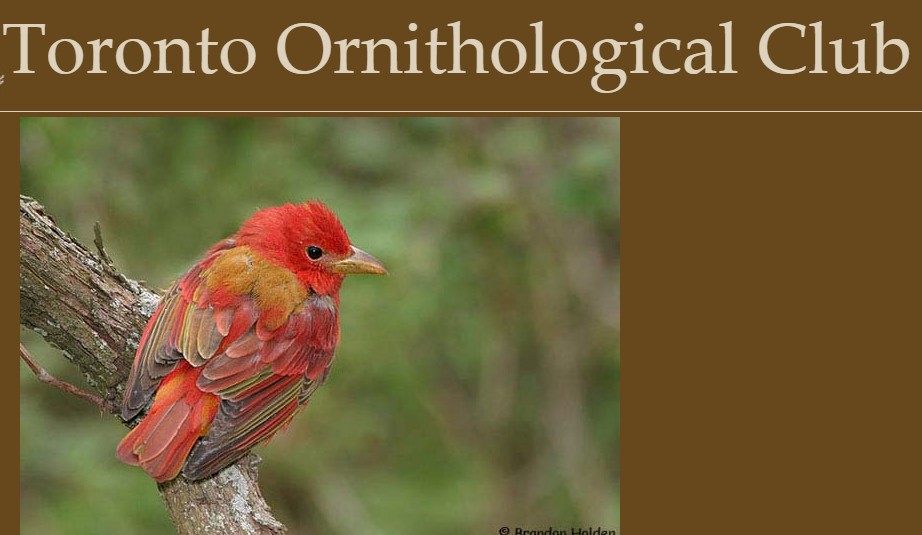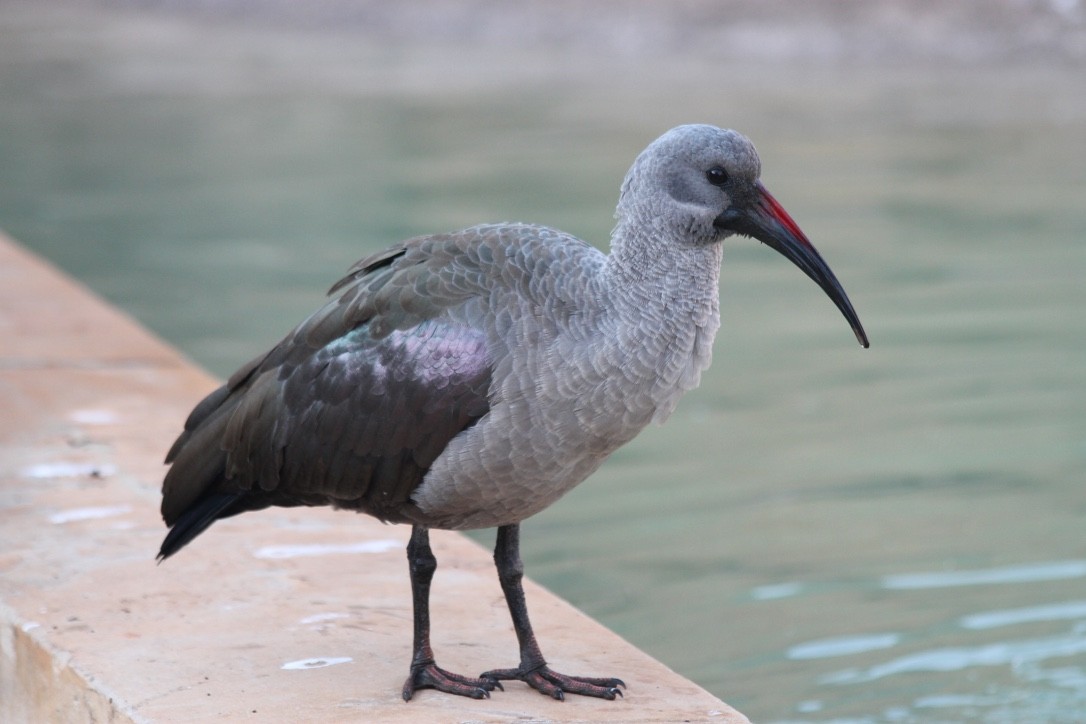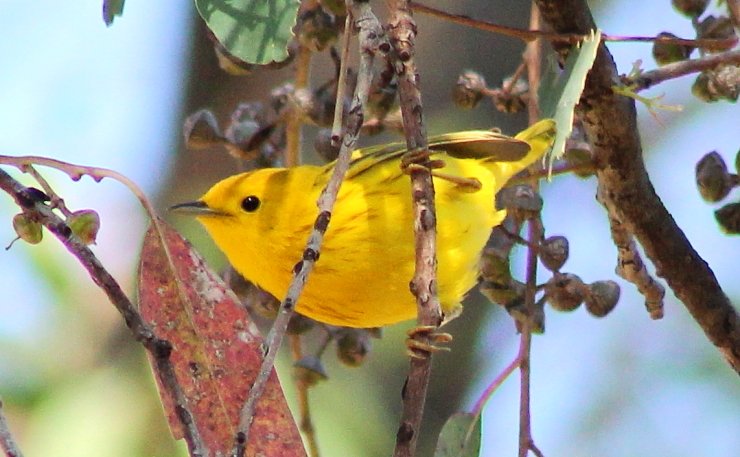PROTECT YOUR DNA WITH QUANTUM TECHNOLOGY
Orgo-Life the new way to the future Advertising by AdpathwayWhile many birds are self-sufficient foragers and nest builders, a fascinating subset has evolved to rely, in varying degrees, on other animals for crucial aspects of their lives.
This dependence highlights the interconnectedness of nature and the sometimes surprising ways different species can become intertwined. From scavenging scraps to exploiting nesting habits, these five birds offer compelling examples of how some avian species have carved out a niche by depending on others.
1. The Egyptian Vulture: Scavenger Supreme
 Photo by Jakub Hałun
Photo by Jakub HałunThe Egyptian Vulture (Neophron percnopterus) stands as a classic example of a bird reliant on other animals. Its primary food source is carrion – the carcasses of dead animals. While it doesn’t actively hunt live prey frequently, it absolutely depends on the death of other creatures, from large mammals like livestock to smaller animals. Without herbivores and carnivores succumbing to natural causes, predation, or accidents, the Egyptian Vulture’s primary food supply would vanish.
This medium-sized vulture, with its distinctive white and black plumage and bare yellow face, plays a vital role as nature’s cleaner-upper. Consuming carcasses helps prevent the spread of diseases and accelerates the decomposition process. Its reliance on death, orchestrated by the lives of other animals, underscores the crucial role scavengers play in maintaining ecosystem health. Furthermore, the Egyptian Vulture has developed a unique behavior showcasing its clever adaptation to its scavenging lifestyle: it uses stones to crack open thick-shelled eggs, often those of ostriches, a feat that highlights its resourcefulness in exploiting available resources left behind by other creatures.
 Photo by Jakub Hałun
Photo by Jakub HałunHowever, this dependence makes the Egyptian Vulture particularly vulnerable. Declines in wild ungulate populations, changes in livestock management practices that reduce carcass availability, and the use of poisoned baits targeting other animals have severely impacted their numbers globally, leading to their endangered status in many regions. Their fate is intrinsically linked to the well-being and abundance of the animals they depend upon.
2. The Brown-headed Cowbird: A Brood Parasite
 Photo by Rhododendrites
Photo by RhododendritesThe Brown-headed Cowbird (Molothrus ater) employs a far more direct and, some might say, manipulative form of dependence. This North American songbird is an obligate brood parasite, meaning it relies entirely on other bird species to raise its young. Female cowbirds do not build their own nests, incubate their eggs, or care for their chicks. Instead, they lay their eggs in the nests of other, often smaller, songbirds.
This parasitic strategy relies entirely on the unwitting hosts. The host parents incubate the cowbird egg alongside their own, and upon hatching, the often larger and more rapidly developing cowbird chick typically outcompetes the host’s offspring for food and parental attention. In some cases, the cowbird chick may even push the host’s eggs or young out of the nest.
 Photo by Paul Danese
Photo by Paul DaneseThe success of the Brown-headed Cowbird hinges entirely on the parental care instincts of over 220 other bird species that have been documented as hosts. This dependence has significant ecological consequences for the host species, often leading to reduced reproductive success. The impact can be particularly severe on smaller or less abundant host species that are less able to raise the larger cowbird chicks effectively. The cowbird’s life cycle is a stark example of how one species can thrive by directly exploiting the parental investment of another.
3. The Great Skua and Gulls
 Photo by Noel Reynolds
Photo by Noel ReynoldsA well-documented example of birds relying on others comes from Great Skuas and their interactions with Black-headed Gulls. The skuas will often target gulls that are carrying fish they’ve caught. They use their superior size and strength to chase the gulls, even going so far as to physically strike them mid-flight to force them to drop their catch. In some cases, a skua might harass a gull for several minutes until the gull drops its fish, and then the skua will quickly swoop in to steal it.
This kleptoparasitic behavior is part of the skua’s evolutionary strategy to secure food without having to expend as much energy on hunting. It’s much easier to steal a fish already caught by another bird than to hunt and capture it themselves.
 Photo by Alexis Lours
Photo by Alexis LoursInterestingly, even though skuas are mostly scavengers, during breeding season, they can also hunt for themselves. They typically prey on small mammals, invertebrates, and birds in the vicinity of their nests. Their diet is often supplemented by scavenging when other food sources are scarce. In short, skuas are aggressive, opportunistic birds that thrive on their ability to steal from other animals, both through direct harassment and by taking advantage of human activities.
4. The Oxpeckers (Red-billed and Yellow-billed): Tick-Eating Specialists
 Photo by Charles J. Sharp
Photo by Charles J. SharpOxpeckers, comprising two species – the Red-billed Oxpecker (Buphagus erythrorynchus) and the Yellow-billed Oxpecker (Buphagus africanus) – found in sub-Saharan Africa, have a clear and direct dependence on large mammals. Their diet consists primarily of ticks and other ectoparasites that they glean from the skin of animals like cattle, zebras, giraffes, and rhinoceroses.
These specialized birds have sharp claws for clinging to their hosts and strong bills adapted for picking ticks from the thick hides of mammals. They often form flocks and can be seen perched on their hosts, diligently feeding on the parasites. This relationship is generally considered mutualistic, as the oxpeckers gain a readily available food source, and the host animals benefit from the removal of potentially harmful and irritating parasites.
 Photo by Charles J. Sharp
Photo by Charles J. SharpHowever, the relationship is not always perfectly harmonious. Oxpeckers have also been observed feeding on the blood and wounds of their hosts, particularly when tick numbers are low. This behavior can sometimes hinder wound healing and potentially transmit diseases. Despite this, their primary mode of feeding is on ectoparasites, making them undeniably dependent on the presence of large mammals for their survival. Declines in wild ungulate populations and changes in livestock management, such as the widespread use of acaricides (tick-killing chemicals), can negatively impact oxpecker populations by reducing their food supply.
5. The Burrowing Owl: Tenant of the Prairie Dog Towns
 Photo by Teddy Llovet
Photo by Teddy LlovetWhile parental care is a common form of avian dependence, the Burrowing Owl (Athene cunicularia) exhibits a fascinating reliance on another animal for a crucial aspect of its survival: shelter and nesting sites. These small, long-legged owls of the Americas have adapted to life on open grasslands and prairies, habitats often dominated by burrowing mammals, most notably prairie dogs.
Unlike many other owl species that nest in tree cavities or on cliffs, Burrowing Owls frequently utilize the abandoned burrows created by prairie dogs. These underground tunnels provide essential protection from predators, harsh weather conditions and offer a secure and pre-excavated nesting chamber. The owls will often modify these burrows, enlarging entrances or creating additional tunnels, but the initial construction and availability of these subterranean havens are largely dependent on the presence of thriving prairie dog colonies.
 Photo by USFWS
Photo by USFWSThis relationship goes beyond just shelter. The open, grazed habitat maintained by prairie dogs can also benefit Burrowing Owls by providing short vegetation that makes it easier for them to spot prey, such as insects, small mammals, and reptiles. While Burrowing Owls are capable hunters themselves, the landscape modifications and the availability of pre-existing burrows created by prairie dogs significantly enhance their survival and reproductive success in these grassland ecosystems.
The dependence of Burrowing Owls on prairie dogs makes them particularly vulnerable to declines in prairie dog populations. Habitat loss, disease, and eradication efforts targeting prairie dogs have led to significant declines in their numbers across their range, with a corresponding negative impact on Burrowing Owl populations. The Burrowing Owl’s reliance on these industrious rodents for their homes underscores a unique form of dependence where one species architects the very habitat upon which another relies for its existence. The conservation of Burrowing Owls is therefore often directly linked to the conservation of healthy and expansive prairie dog colonies.
Final Thoughts
These five birds, each with their unique survival strategies, illustrate the intricate web of interdependence that characterizes the natural world. From the scavenging vulture relying on the mortality of other animals to the brood parasitic cowbird exploiting the parental care of other songbirds, and the mutualistic relationships of the oxpeckers with large mammals, to the complete reliance of the Egyptian Vulture on the death of other animals, these examples highlight the diverse and often surprising ways avian species have evolved to depend on other animals for their survival.
Understanding these relationships is crucial for appreciating the complexity of ecosystems and for recognizing the potential consequences of disrupting these delicate balances. The fate of these birds is often intertwined with the well-being of the animals they depend upon, underscoring the importance of conservation efforts that consider the interconnectedness of all living things.























 English (US) ·
English (US) ·  French (CA) ·
French (CA) ·